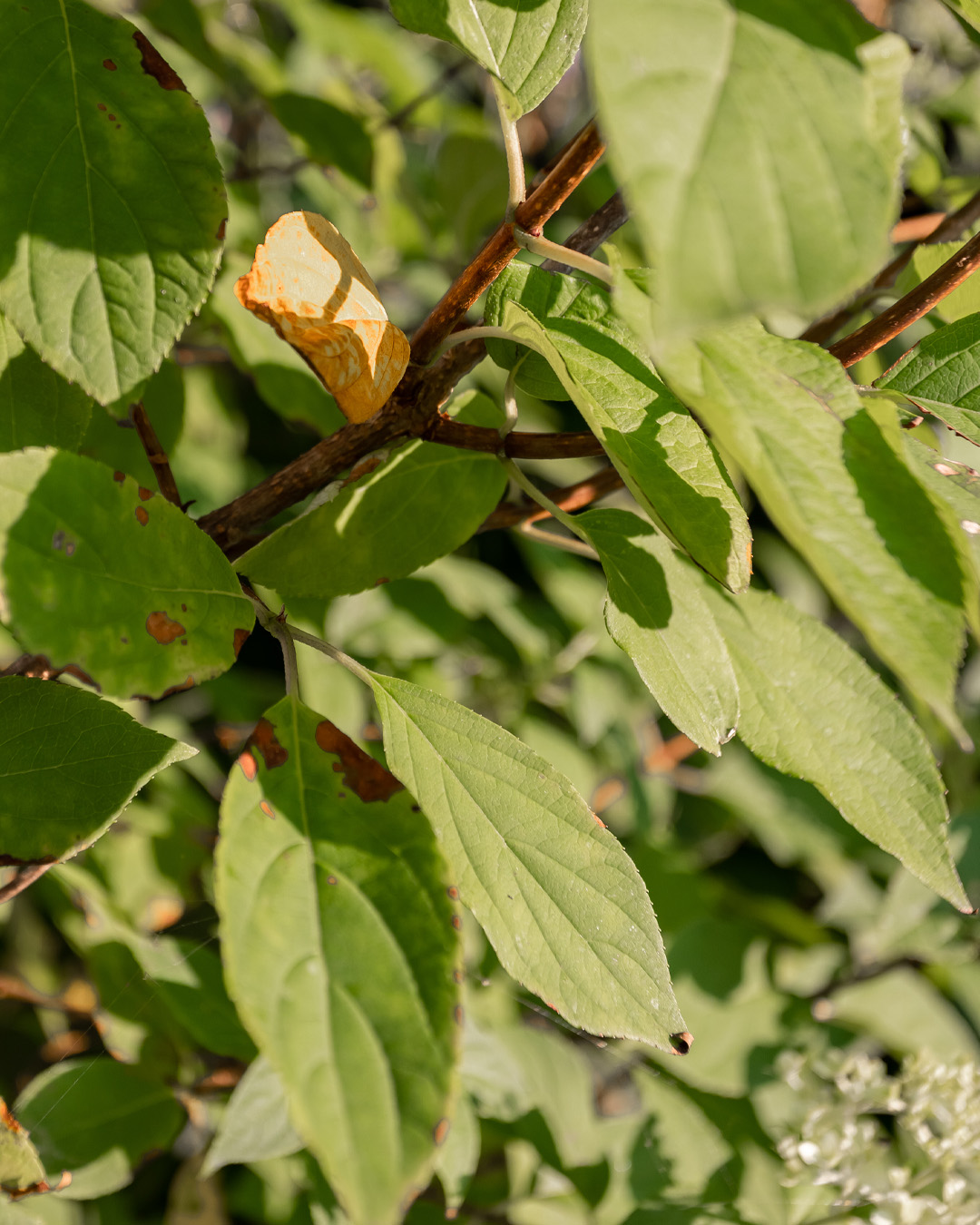The smart Trick of Hydrangea Leaves Turning Yellow That Nobody is Talking About
Wiki Article
Hydrangea Leaves Turning Yellow - The Facts
Table of ContentsThe Buzz on Hydrangea Leaves Turning YellowThe smart Trick of Hydrangea Leaves Turning Yellow That Nobody is Talking AboutAn Unbiased View of Hydrangea Leaves Turning YellowThe Single Strategy To Use For Hydrangea Leaves Turning Yellow
One possibility is that the plant is not getting adequate sunlight. Throughout the winter season, the days are shorter, and the sun is not as extreme, so ensure to position your Hydrangea in a spot where it will obtain at the very least 6 hours of sunlight each day. An additional reason for Hydrangea yellow leaves in winter months could be way too much water.Lastly, the fallen leaves could be transforming yellow as a result of temperature level anxiety. Hydrangeas like cooler temperature levels, so if the plant is in an area that obtains too warm or too cold, the fallen leaves will turn yellow. If you assume temperature level anxiety may be the problem, try moving your Hydrangea to a various location or protecting it from the aspects with a cloth wrap.
New development will be observed in very early springtime, when you'll see eco-friendly foliage growing from stems that might have shown up dead. If your leaves are transforming brown in spring or summer season, there are likely various other variables at play. Hydrangea Leaves Turning Yellow. The accurate reasons depend upon the range and their expanding conditions, yet generally, brownish hydrangea leaves are a sign of dehydration and wilting in the warm
In the spring when the mercury remains reasonably reduced, they'll do great. When things warm up over the summertime however, time invested in the very early afternoon rays can create unimaginable damage.: Expand your hydrangeas in an area where they'll obtain sunshine in the early mornings or nights, but not throughout the peak hours.
Some Known Incorrect Statements About Hydrangea Leaves Turning Yellow
Wilting is caused by lack of dampness, indicating there are a couple of excellent methods to utilize to avoid this from happening. Give your hydrangeas a healthy and balanced glug of water every couple of days when the temperature levels are climbing high, and treat the soil to much better maintain dampness. After watering, a bit of compost around the base of each plant need to assist with this by keeping dampness in the dirt.This disrupts fungi spores from clearing up. "The Botrytis fungi thrives in cool and damp problems, so avoid bathing the whole plant when sprinkling and just water at the origins," shares Roy Nicol, a Master Green thumb - Hydrangea Leaves Turning Yellow. If you have actually missed out on the opportunity for avoidance and are handling an infection you must get rid of all dead or badly infected fallen leaves from the plant and damage them to avoid additional spread
As a basic guideline, we advise removing leaves when they are 50% brownish or greater. While browning triggered by any kind of factor can't be turned around, taking the corrective action explained above will urge the plant to grow new leaves so the damaged leaves either fall off normally or can be gotten rid of by the gardener.
Hydrangeas need to be sprinkled only when the top couple of inches of soil are dry, and should be offered an extensive saturating each time. Underwatered hydrangeas are likely to have yellow, wilting, and sagging fallen leaves. Raise the regularity and amount of sprinkling for your bush to help address this issue. Hydrangeas favor fairly moist (however not soggy) dirt, so give the roots an excellent saturating and permit water to be taken in right into the dirt before using extra.
Some Ideas on Hydrangea Leaves Turning Yellow You Should Know
The method you fix hydrangea leaves turning yellow depends on the vital concern triggering the yellow fallen leaves. This can be difficult to determine, but when you do you will certainly be able to adjust your Get More Information plant care as necessary to care for the trouble. As pointed out previously, a typical concern with hydrangeas is nutrition deficiencies.Throughout the optimal expanding season, you must water at a rate of regarding 1 inch weekly. If you are fretted about not effectively sprinkling your hydrangeas, there are a number of points you can do. Including compost to the base of the plants over the origin zone help to control the temperature around the bush and retain water in the dirt.

If it is also extreme, some plants will never recuperate from transplant shock and will certainly proceed to decrease till they pass away. Lessen transplant shock by including as several origins as feasible when digging up your plant to relocate. Make certain to provide more water than common in the weeks adhering to planting to assist your plant recoup and expand new origins.
More About Hydrangea Leaves Turning Yellow
To stay clear of spreading fungal conditions, be sure to thouroughly clean and sanitize any type of trimming devices prior to and after use. Lastly, you can try to flush the origins with water to eliminate excess fertlizer.
If you resource don't water my latest blog post your hydrangea plant for more than a week, the leaves will certainly start transforming yellow. Fungal conditions that strike the plants often tend to show indicators on the origins and the leaves of the plant.
Leaf spot is another fungal condition that can target hydrangea. It results in the leaves transforming yellow and the look of brown and purple places on the leaves.
Report this wiki page